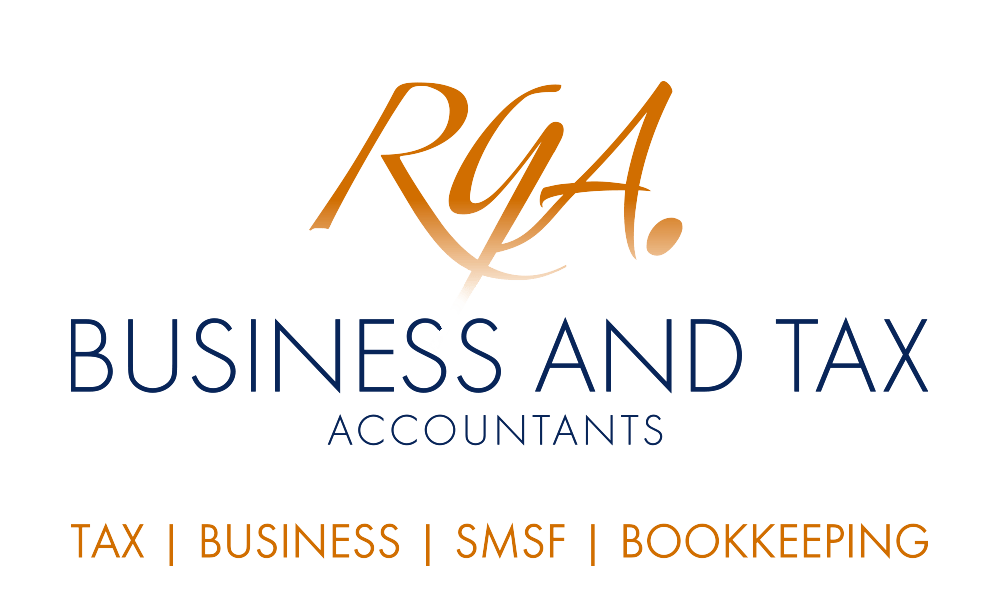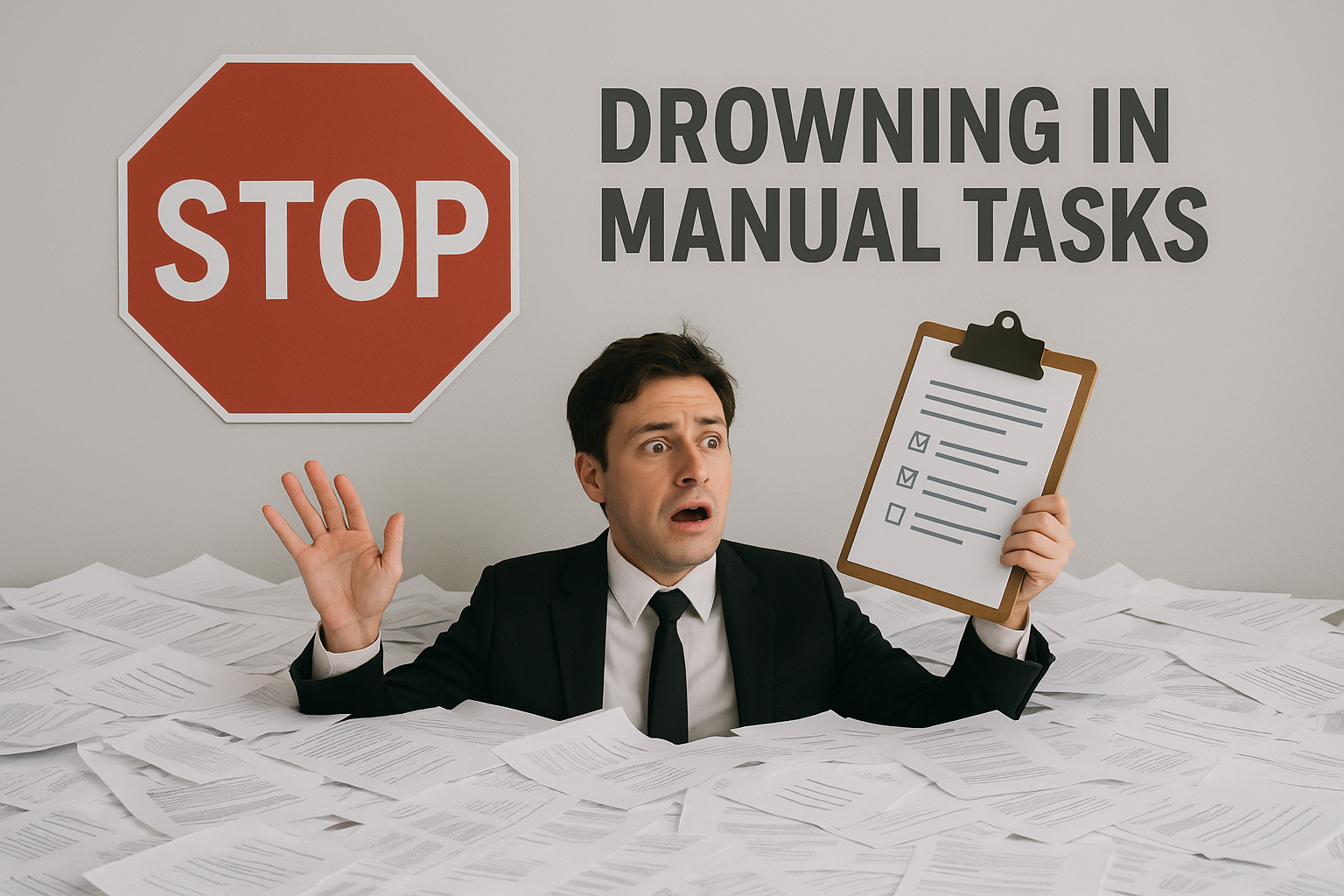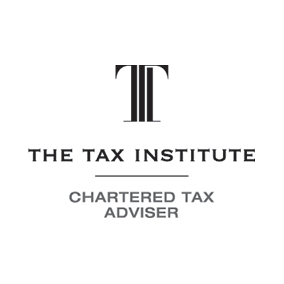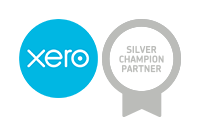The ATO has expanded the tax avoidance taskforce to include top 500 private groups, high wealth private groups, and medium and emerging private groups. Perhaps the most interesting is the inclusion of medium and emerging private groups which cover around 97% of the total private group population. These consist of Australian resident individuals who, together with their associates, control wealth between $5m and $50m, and businesses with an annual turnover of more than $10m. Business captured will be receive a notification letter of the next steps.
The Tax Avoidance Taskforce has recently been expanded by the ATO to private groups and high wealth individuals. Originally conceived in 2016 to ensure that multinational enterprises, large public and private business pay the right amount of tax, this has now been extended to cover more taxpayers.
The taskforce's main role is to investigate what the ATO consider to be aggressive tax avoidance arrangements including profit shifting, and work with partner agencies in other jurisdictions to achieve this goal. In the 2019-20 Federal Budget, the taskforce was provided with $1bn over 4 years – this is in addition to the $679m provided in 2016 – to extend the operation of the taskforce to the 2022-23 income year and expand the range of entities it investigates.
As a part of the expansion, the ATO now has 3 "programs" for private groups under the taskforce's umbrella: top 500 private groups, high wealth private groups, and medium and emerging private groups. The expansion that will perhaps affect the most taxpayers will be the program covering medium and emerging private groups.
Medium and emerging groups
Includes private groups linked to Australian resident individuals who, together with their associates, control wealth between $5m and $50m, and businesses with an annual turnover of more than $10m that are not public or foreign owned and are not linked to a high wealth private group. It is estimated by the ATO that this would cover around 97% of the total private group population.
The ATO will use data matching and analytic models to identify wealthy individuals and link them to associated entities, which will then be grouped and looked at as a whole. The main aim of the program is to understand the businesses and the operating environments to identify trends and specific risks that will be used to mitigate tax risks.
For example, once an issue has been identified, the ATO may contact individual companies about its concerns, or it may publish public advice or guidance on the issue if it is an issue that affects a large proportion of businesses.
Aside from the general advice, the ATO has also flagged using early engagement and pre-lodgement agreements with businesses in this category for commercial deals to provide certainty on significant transactions and events. Of course, the ATO will continue to conduct risk-based reviews and audits where it deems appropriate. Initially, the ATO will focus on larger and "higher risk" private groups, those experiencing rapid growth, looking to expand offshore, or where the controlling individuals are transitioning to retirement.
High wealth private groups program
Includes Australian resident individuals who, together with their associates, control wealth of more than $50m. The ATO will take a one-on-one tailored engagement approach to mitigate tax risks.
Top 500 private groups
Focuses on Australia's largest private groups and involves regular one-on-one engagements to understand the business, drivers and risk position.
Businesses or groups that are captured under these programs will be sent a notification letter detailing what needs to be done to prepare for ATO engagement. Characteristics that may attract further ATO scrutiny include tax or economic performance not comparable to similar businesses, low transparency of tax affairs, large/one-off or unusual transactions (eg shifting wealth), aggressive tax planning, lifestyle exceeding after-tax income, accessing business assets for tax-free private use, and poor governance/risk management.
Want to find out more?
If you are a part of a medium or emerging group and think you may receive a notification letter in the future, we can help you identify the areas of risk and make preventative improvements. If you've already received a notification letter, we can engage with the ATO on your behalf to save you time and unnecessary hassle.
